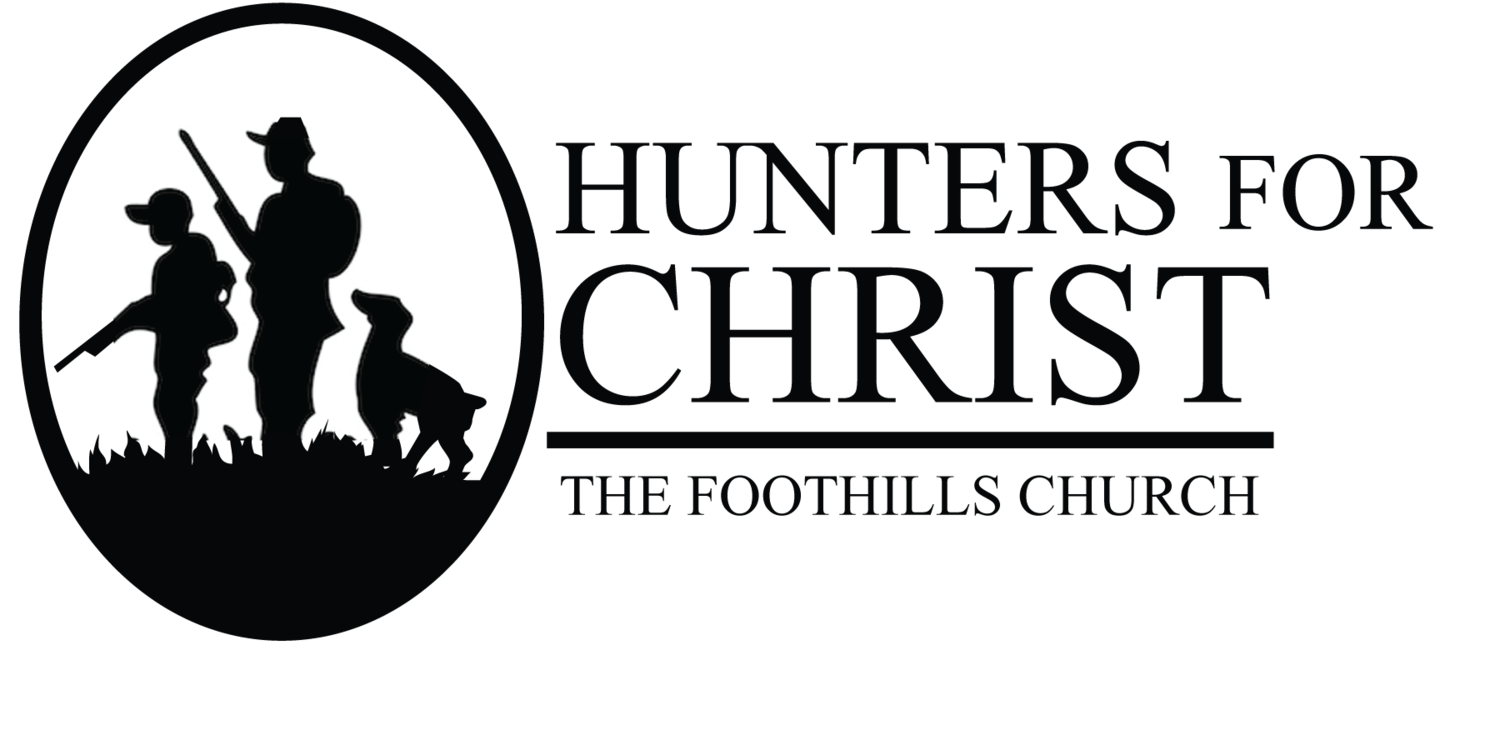I have a small fortune in elk calls. It seems every year someone comes out with the better sounding or easier-to-use elk call, and I have to try it out. In the end, I usually settle on the older ones that I thinksound better or are easier to use………
There are the internal mouth reeds, the external reeds and the squeezing type. All of them work, and each one sounds a little bit different depending on who is using them. And, WOW, there is a ton of videos and youtubes out there for everyone to learn how to use them all.
As I sat down to write this, I thought “How can I relay good information?” Then it hit me………This is my blog……..I am going to go through my thoughts on the calls I use……….
First, I do believe in the concept that a call that works immediately on one hilltop may not work a mile away or in the next state. There are plenty of reasons for this, but the one I want to bring up is that an elk, for no reason at all, just likes the way one sounds over another. Because of this, I want to have a lot of variables in calling, and I typically carry three to six cow calls, and one or two bugles when I am out in the woods.
The cow calls start with my mouth reed. I place it in my mouth, and try and keep it there throughout the day. I also have a hoochie mama with a short loop on it so I can tie it to my belt loop, and slide it into one of my front pockets or one of the lower side pockets on a six-pocket pair of pants. I can then squeeze it in the pocket if needed without the movement being seen. I then have two to four cow calls in pockets or tied around my neck so I can get after them quickly. These vary from normal sounding cow calls to the “Kazoo” type of the cow-in-heat. They will also vary on how quiet I can make them.
The two bugles basically vary only by the loudness that I can produce with each. There are a lot out there that can “reach out and touch” an elk from miles away, but not many that can produce a softer bugle. I like to have both with me.
I just wrote a blog about target practicing methods for the upcoming archery season. I feel it is just as important to practice with the calls one is going to use. So, I will typically pick out all the calls I think I may want to use in the season, and put them all in my truck. Then, as I am driving to and from work or on errands, I will work with all of them over a couple of months. And, this does includes the hoochie mama calls.
I will work on generating different sounds (chirps, whines, mews, etc.). I try to imagine situations where I have to call quickly. And, even more importantly, what if I want to make a specific sound? I have to make it the first time……….not after I find the right location on the call after three attempts………. I will work on the volume of the calls, especially very, very, very soft. Elk ears are huge, and quite often in the rutting part of the season I hunt in Oregon, there are a ton of ears out in front of me. Therefore, I think very soft calls are critical, calming and calling in the elk. With my in-mouth call, I work on making calls with and without a ton of saliva on the call.
As one can imagine, there are plenty of things to work on. Just get to the point—like the target practicing—that one feels confident with being able to make any call at any time.
One story I have from early on in my elk hunting days is when I worked a bull elk for over four hours. I will be bringing this instance up again in a future blog on Calling, but for now just to say I had to make a ton of different sounds that day, most of which I had never tried before. Practice will give one the confidence to make new noises when an opportunity like this comes around.
The one thing about calls is that they don’t always work……….quite often they don’t work. Sometimes they call in other things (birds, coyotes, etc.) But one call I do gets heard and answered every time. I have your attention now!!!! But you can’t buy this call. It is given! Freely! The Lord is there everytime. He is my Shepard. He is with me always, and hears my call to him. Psalms 17:6 & 7 says “I call upon You, for You will answer me, O God; Incline Your ear to me; hear my words. Wondrously show Your steadfast love, O Savior of those who seek refuge from their adversaries at Your right hand.” And Psalms 86: 6 & 7 says “Give ear, O Lord, to my prayer; listen to my plea for grace. In the day of my trouble I call upon You for You answer me.” As shown in Psalms 34, He doesn’t promise to exempt us from troubles, but to deliver us through them. He is faithful and loving. I hope you trust in him today!
Shoot straight!
Dave

